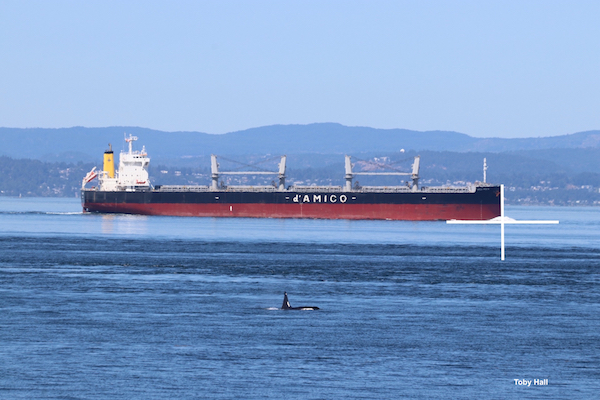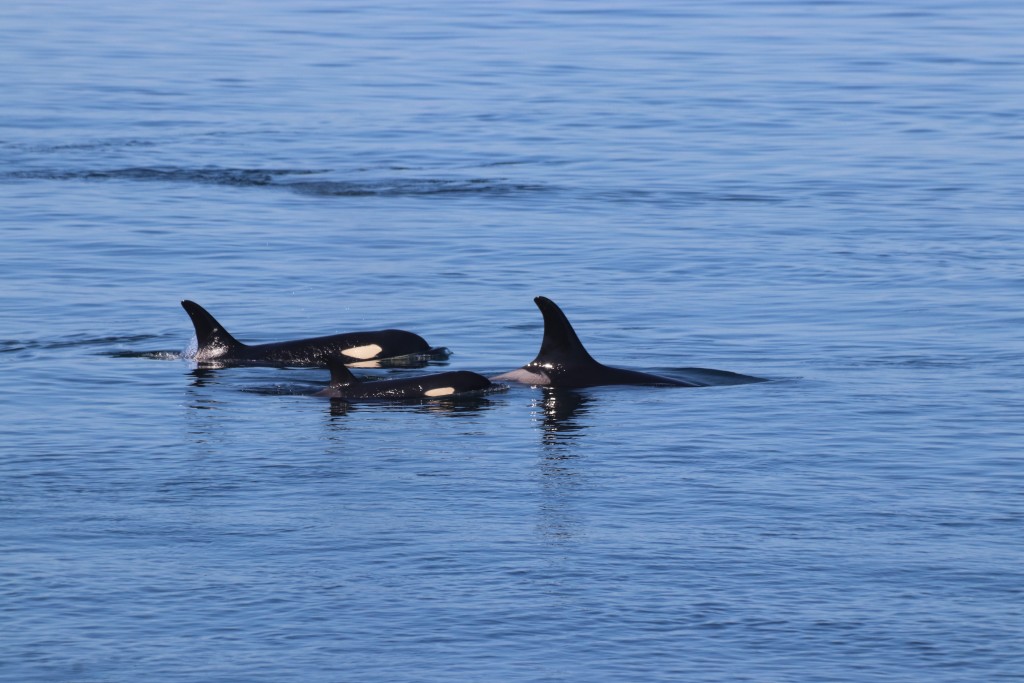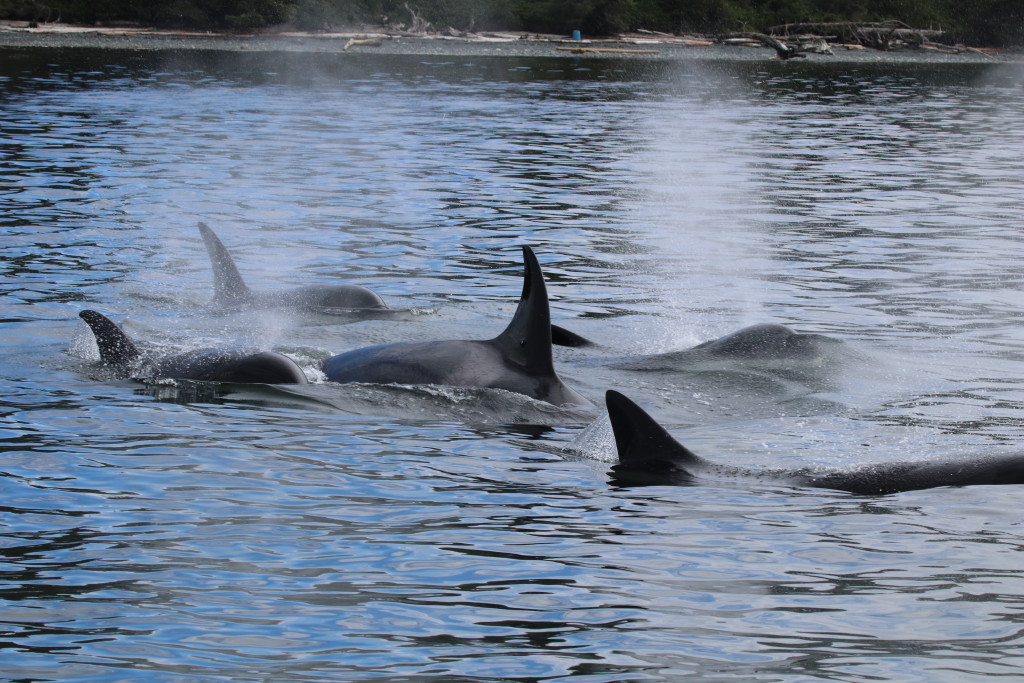Are you in a healthy relationship with the ocean?
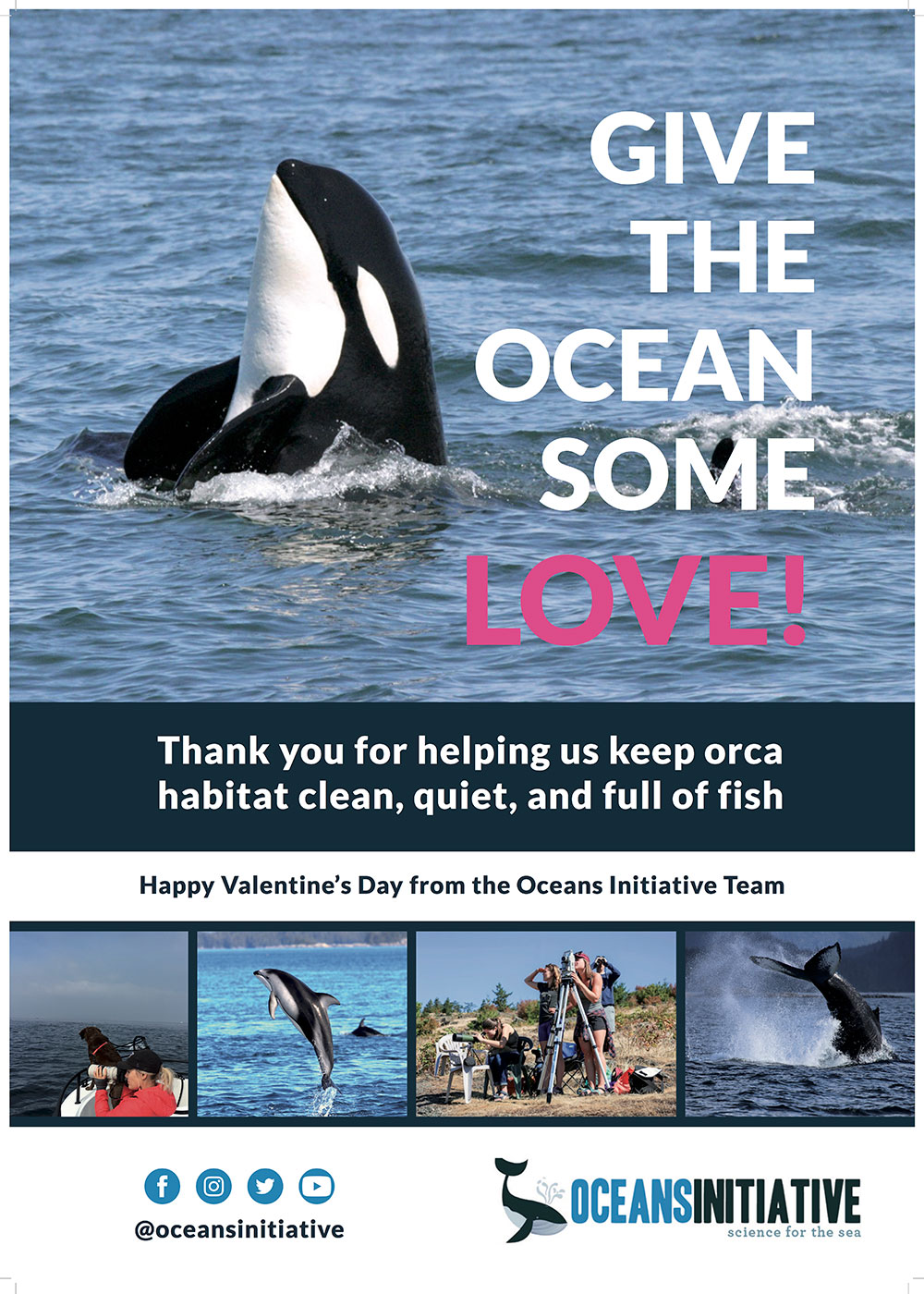
Valentine’s Day is all about making sure we don’t take the people we love for granted. Sometimes it feels as though we’re taking the ocean for granted, even though it’s the 71% of the planet that gives us the air we breathe, much of the food we eat, the way we transport goods around the globe, and supports the miraculous wildlife that sparks so much joy. How can we show our love for the ocean?
Right now, people are pulling together to show their love for our endangered orcas any way they can. We use science to find solutions that help us protect endangered species while supporting the people who earn a living from the sea. We are working to reduce bycatch of dolphins, whales, and other ocean creatures by making fisheries more sustainable. Our ongoing efforts to measure and reduce ocean noise can make it easier for whales and dolphins to find food, mates, and navigate an increasingly noisy ocean. Our work on dolphin health provides a glimpse into which pathogens may affect whales, dolphins, and other marine mammals in the Pacific Northwest, and aims to draw a direct link between what we dump into the sea and how the ocean ecosystem is affected.
You don’t have to be a marine biologist to have a positive impact on ocean conservation. The choices we make as consumers can have a ripple effect that encourages industry and policy-makers to embrace ocean-friendlier practices.
Here are five ways to show your love for the ocean. What did we miss? Please share your ideas in the comments!
- Reduce your plastic use. Pass on the plastic straw and use re-usable cups. Some of our favorite go-to thank-you gifts are these custom Oceans Initiative pint cups and coffee mugs from our friends at MiiR.
- Buy locally and support local artists: 90% of everything comes to us from ships, which are important sources of carbon emissions and underwater noise. Buying locally reduces our shipping footprint. This year, a lot of our gifts include sweets from Seattle-based Joe Chocolates and custom orca stickers from the talented artist, Sophia Trinh. Sophia even offers painting classes, so you can give the gift of experiences, not things.
- Choose and support sustainable seafood: Ask your local grocer, farmer’s market, and restaurant about the source of their seafood. It makes a difference. Aim for wild, locally caught seafood that has MSC certification. If you already do this, you can go further to help southern resident killer whales. In the wake of the tragic story of Talequah and the ongoing struggle of the orcas, Chef Renee Erickson made a bold decision last summer to pause serving Chinook salmon in her restaurants. We love giving Renee’s excellent cookbook to our friends and family. Feeling bold? Eat invasive species! Totally guilt-free eating. You’re doing the ocean a favor.
- Get out and enjoy the ocean! Go for a walk on the beach, organize a local beach clean-up, surf, paddle, sail, learn about a new whale, fish, or other sea creature, paint or create your favorite ocean art. Have a nap on the beach.
- Find a marine conservation nonprofit whose work you like, and support it. Spread the word about their work. Convince a friend to support it. Make a charitable donation in the name of someone you love. It doesn’t have to be us (but we’d be thrilled if you did support our work, of course). Honest. Find the group whose mission sings to you, and get involved.
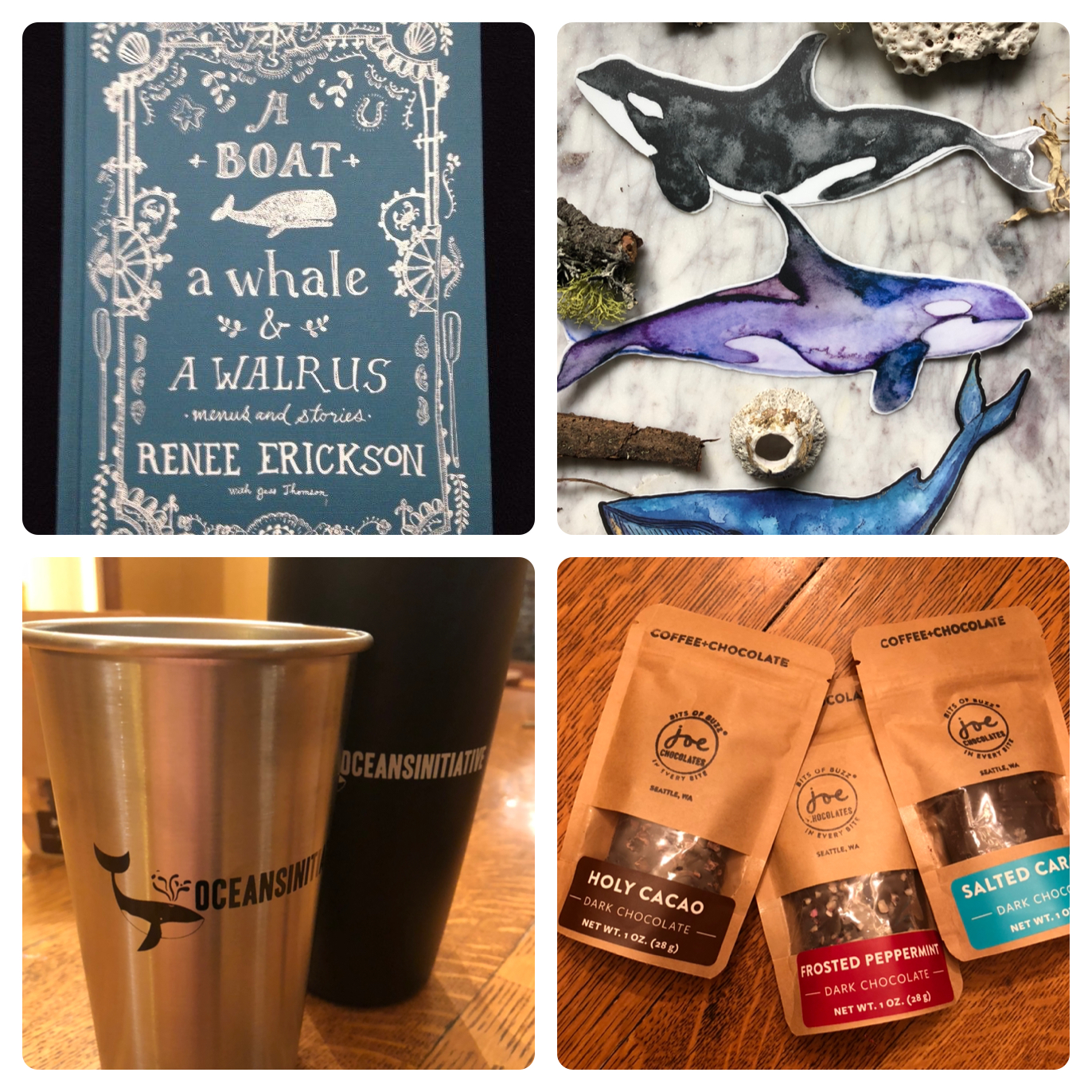
How do you show your love for the ocean?

